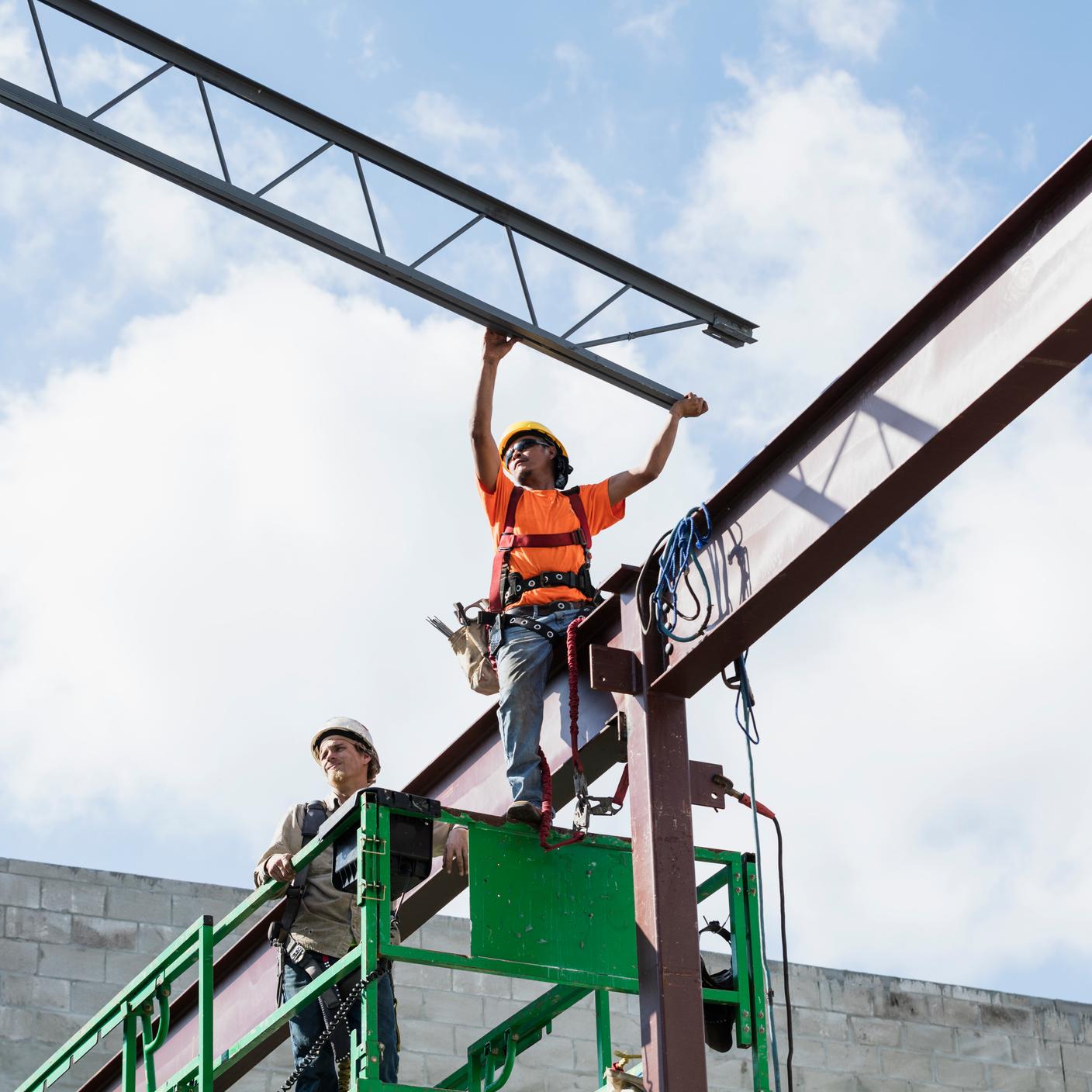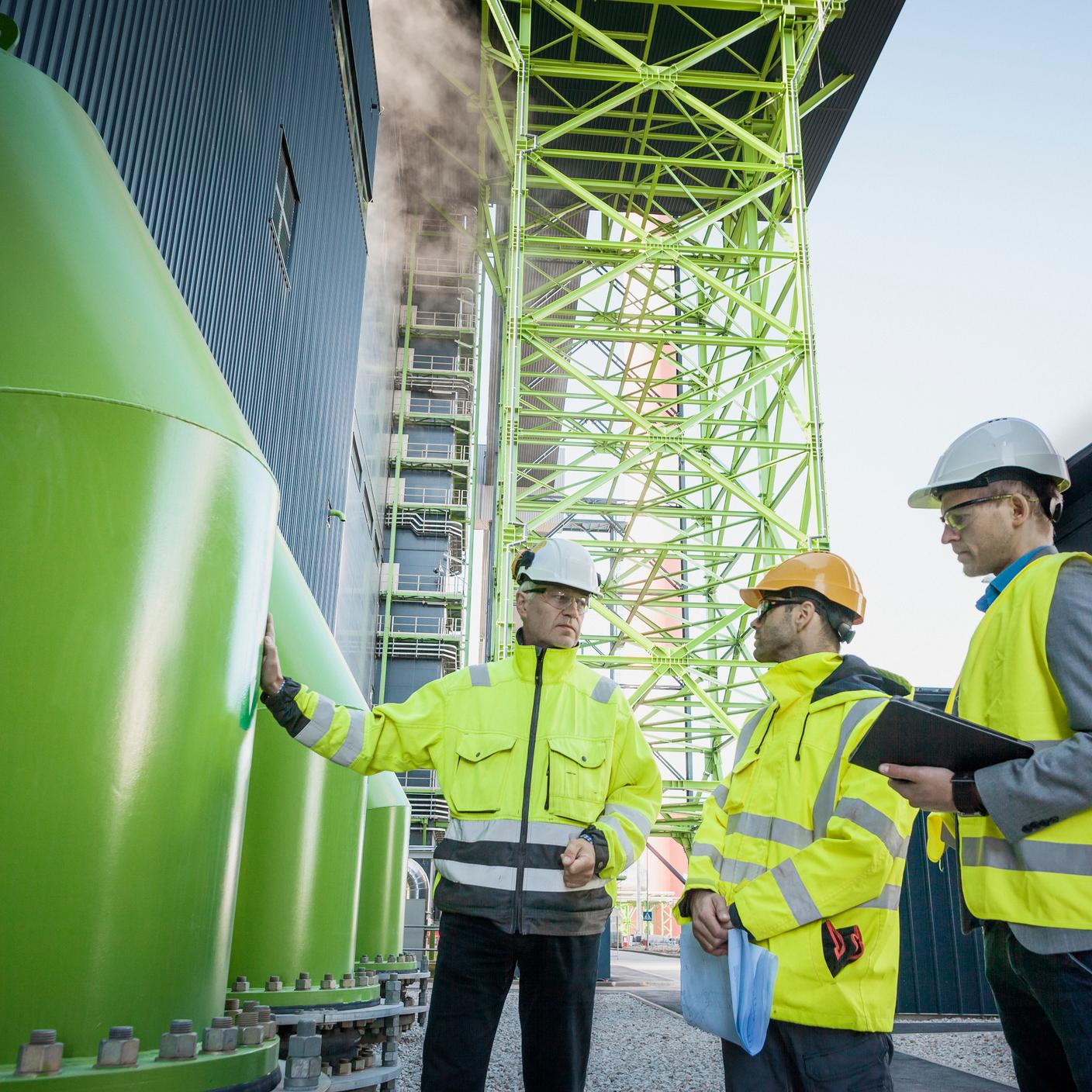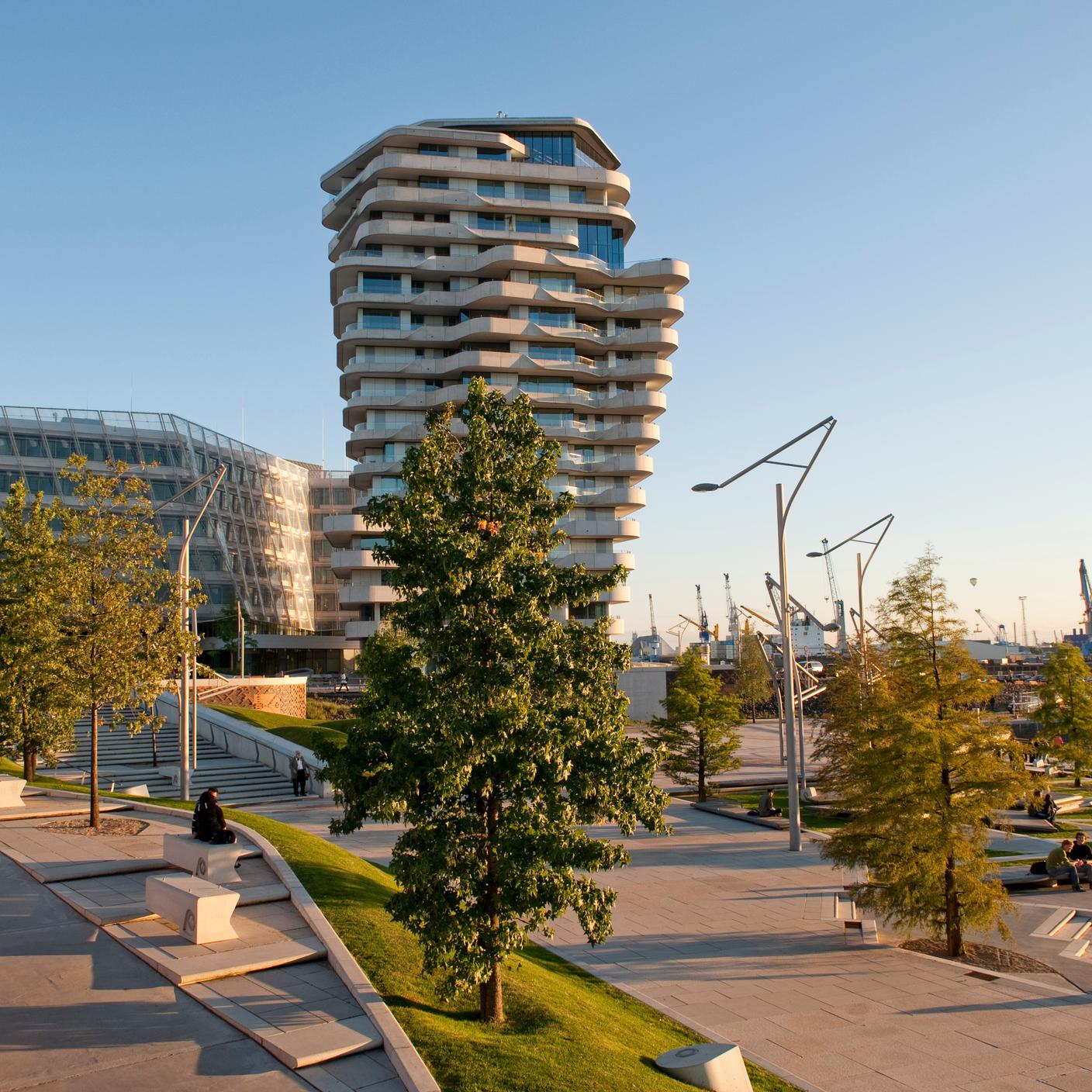There are approximately 2,000 cities worldwide that have adopted smart city technologies, engineered to improve quality of life through the use of technology and smart assets.
With figures showing rates of urbanization increasing, it could be the right time to assess, manage and improve aspects of our cities to accommodate and strengthen communities.
What is a smart city?
According to the European Commission, a smart city uses Internet of Things (IoT) systems and other technologies to increase efficiency, improve connectivity and provide a better quality of citizen well-being.
These technologically enhanced cities are designed to be more efficient, safer and easier to navigate. Sustainability is also a key driver for smart city development, with infrastructure engineered specifically to reduce a city’s carbon footprint and promote renewable energy sources.
Connectivity is also an important factor, making transport links more efficient through IoT systems and capturing data about the way people behave. With this kind of information, city leaders can make better decisions about how to develop infrastructure.
Examples of smart cities
Places that can be considered smart are citizen-centric, digital, agile, open and collaborative.
Examples of smart city initiatives include:
- Embedding sensors in free parking spaces to manage traffic flow and avoid build-ups ahead of time, such as in Barcelona.
- Adopting more effective waste management, such as in Sweden where 50% of the country's annual 4.4 million tonnes of rubbish is recycled and the other 50% is devoted to energy recovery at incineration plants. The heat from the incineration plants is used to power Swedish homes, for example, in the city of Helsingborg, 40% of homes are heated via this recovered energy.
- Building smart housing, like in Hamburg which is home to the first building with a bioreactor facade. The cladding of the house provides insulation and protection from the elements while cultivating algae that can be turned into huge levels of biogas.
Sustainability and smart cities
Despite only covering 3% of the earth’s surface, cities account for the majority of the world’s energy consumption. With this in mind, many city leaders are looking for ways to make metropolitan areas more energy efficient and, in turn, accelerate progress towards a sustainable world.
As cities and communities look to take action to achieve these sustainability goals, an overall vision and sustainability strategy that involves the use of smart technologies and smart assets can benefit its citizens as well as the planet.
How to build a smart city
The first step to building a smart city is to improve what’s already there. Common priorities for urban planners can be often mobility/transportation, traffic congestion, business generation and energy conservation. Other things to consider include waste management, air pollution, sanitation issues and congestion.
While technology is a key component to developing a smart city, looking at the basic needs of its citizens and organizations can help city leaders to create a roadmap providing tangible solutions, enhanced with technology to measure improvements.
The benefits of smart cities
Smart cities can improve people’s lives by creating new job opportunities, improving health and well-being, reducing congestion and making communities safer. BSI’s City data survey report found that residents benefit the most when challenges are resolved within cities. It also identified that when people have better access to services and amenities and can influence decision-making, this can have a positive impact.
And it’s not just the physical improvements to buildings and transport links that are so beneficial. Being able to capture data can enable city leaders to manage traffic flow and improve healthcare and energy efficiency.
This is largely possible due to the IoT, a network of physical objects like devices or vehicles, that are embedded with software and other technologies, that can then connect, collect and share information. In the next few years, estimates suggest that there will be tens of billions of IoT devices in use, proving the vast and varied potential of the technology.
Boosting economic growth
Despite their small landmass, cities are densely populated and highly valuable areas. Smart cities can therefore play a major role in boosting economic growth because innovation and technological advancement can help to attract new businesses, which can create new jobs and generate additional revenue streams.
While the effect of smart cities on the economy might be viewed as costly initially, the return on investment suggests that the long-term benefits of improved services, sustainability, and quality of life far outweigh the upfront spending.
The smart city evolution
BSI has created the smart city standards with the aim of creating guidelines to encourage infrastructure innovation and sustainable growth.








